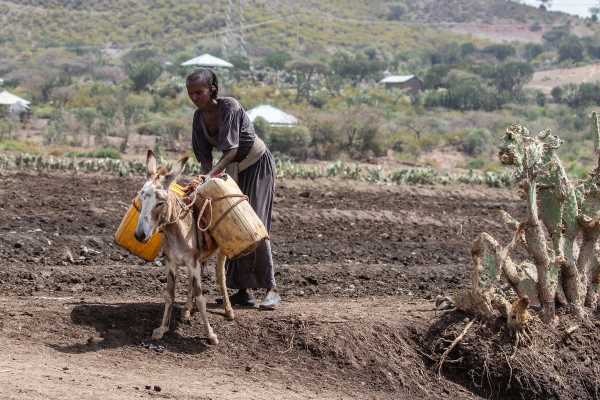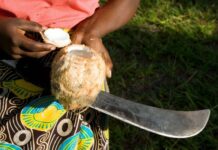Most households in drought affected areas in southern Mozambique, flood- and tropical storm-impacted areas in Nampula, and conflict-affected areas of Cabo Delgado have limited access to income for food purchases.
They are as a result engaging in consumption and livelihood-based coping strategies to minimise food consumption gaps.
In Cabo Delgado outcomes are present in areas where humanitarian partners have access to internally displaced persons (IDPs) and host communities, and where food distribution is consistent.
According to the Famine Early Warning Systems Network (FEWS NET), from October 2022 to January 2023, an increasing number of households will likely face Crisis (IPC Phase 3) outcomes as the typical lean season sets in.
“In June and July 2022, Food Security Cluster partners provided humanitarian food assistance to over 600 600 people in northern Mozambique,” FEWS NET said in a latest situational update.
“However, WFP (World Food Programme) plans to assist 944 480 people with humanitarian food assistance in northern Mozambique in the August (and) September cycle.
“To ensure the most vulnerable people in northern Mozambique are reached despite limited resources, WFP is conducting a vulnerability-based targeting exercise to prioritise assistance according to vulnerability status instead of displacement.”
FEWS NET added to build livelihoods in Cabo Delgado, the WFP is planning to provide 160 000 people with livelihood interventions mainly agricultural kits for the 2022/2023 main planting season in five districts.
“From June to July 2022, maize grain prices increased by 10-22% in some monitored markets and doubled in Mutarara market. The sharp increase is likely related to low local supply and increased demand by regional traders.
“Elsewhere, maize grain prices were relatively stable, except for a 17% decline in Manica market likely due to local supply dynamics.”
FEWS NET said compared to last year and the five-year average, there is a lot of price volatility for maize grain prices in July 2022 compared to prices in July 2021, likely driven by local supply and demand dynamics.
“These price variations among the different markets impact households’ access to foods and level of purchasing power, particularly in areas of greater price volatility.”









